Container garden designer Derrik Gagliardi’s garden in Minneapolis, Minnesota, is a bit of a hidden gem. Walking past the property, you wouldn’t even notice the secluded side yard shielded from busy traffic by thick vines. But once you enter, you are spirited away into a semitropical paradise packed to the brim with vivid, contrasting flora. From a rare cactus with leaves instead of spines (‘Godseffiana’ Barbados gooseberry) to old garden stalwarts (‘Aureola’ Japanese forest grass) to native plants from across the country (American agave), this garden has it all and makes a memorable impression despite its small footprint. Here are just some of the many plants growing in Derrik’s garden.
Learn more:
Make a Big Impact in a Small Garden Space with Tropical Plants
How to Effectively Use Tropical Plants in Cool Climates
How to Maintain Privacy Without a Fence
- Honey bush (Melianthus major, Zones 8–10)
- Golden Japanese stonecrop (Sedum makinoi ‘Ogon’, Zones 6–9)
- ‘Fraser’s Gold’ heather (Calluna vulgaris* ‘Fraser’s Gold’, Zones 4–6)
- ‘Showtime’ Copperleaf (Acalypha wilkesiana ‘Showtime’, Zones 10b–11)
- Tiger Eyes® Sumac (Rhus typhina ‘Bailtiger’, Zones 4–8)
- ‘Crispa’ cutleaf stephanandra (Stephanandra incisa ‘Crispa’, Zones 4–7)
- Black mondo grass (Ophiopogon planiscapus ‘Nigrescens’, Zones 5–10)
- ‘Monkey Puzzle’ coleus (Plectranthus scutellarioides ‘Monkey Puzzle’, Zones 10–11)
- ‘Green Mountain’ boxwood (Buxus ‘Green Mountain’, Zones 4–9)
- ‘Filigree Lace’ European white birch (Betula pendula ‘Filigree Lace’, Zones 2–7)
- Weeping European larch (Larix decidua ‘Pendula’, Zones 3–6)
- Fine Line® buckthorn (Rhamnus frangula ‘Ron Williams’, Zones 2–7)
- ‘Brevifolia’ Japanese white pine (Pinus parviflora ‘Brevifolia’, Zones 5–9)
- ‘Autumn Moon’ full moon maple (Acer shirasawanum ‘Autumn Moon’, Zones 5–7)
- Heartleaf bergenia (Bergenia cordifolia, Zones 3–8)
- ‘Godseffiana’ Barbados gooseberry (Pereskia aculeata ‘Godseffiana’, Zones 10–11)
- ‘Sunset Boulevard’ coleus (plectranthus scutellarioides ‘Sunset Boulevard’, Zones 10–11)
- ‘Acutus’ wintercreeper (Euonymus fortunei* ‘Acutus’, Zones 5–9)
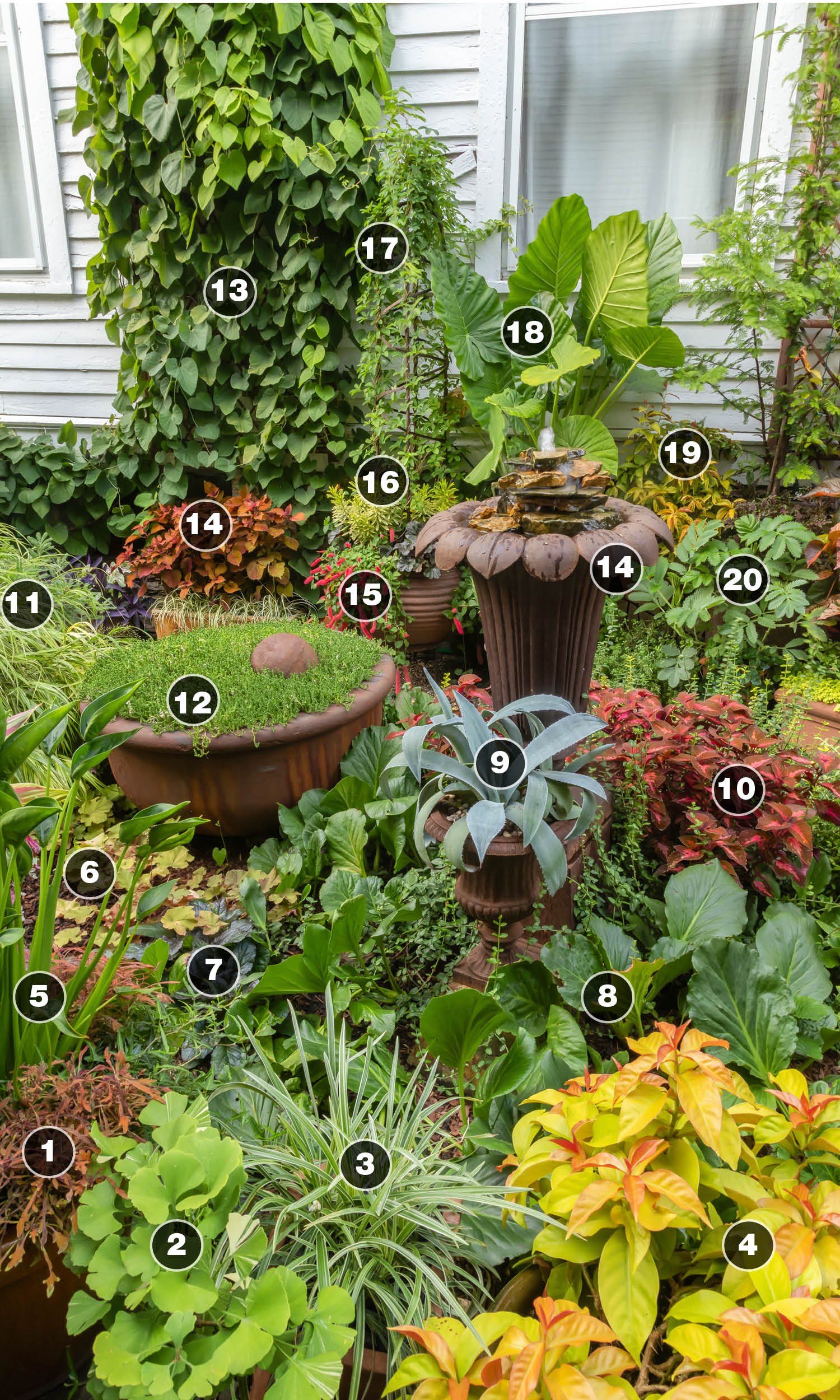
- ‘Monkey Puzzle’ coleus
- ‘Peve Maribo’ variegated ginkgo tree (Ginkgo biloba ‘Peve Maribo’, Zones 3–9)
- Variegated lilyturf (Liriope muscari ‘Variegata’, Zones 5–10)
- ‘Godseffiana’ Barbados gooseberry
- ‘Tiny Dancer’ elephant’s ear (Alocasia ‘Tiny Dancer’, Zones 9–11)
- ‘Caramel’ heuchera (Heuchera ‘Caramel’, Zones 4–9)
- ‘Black Scallop’ ajuga* (Ajuga reptans ‘Black Scallop’, Zones 3–10)
- Heartleaf bergenia
- American agave (Agave americana, Zones 8–11)
- ‘Sunset Boulevard’ coleus
- ‘Aureola’ Japanese forest grass (Hakonechloa macra ‘Aureola’, Zones 5–9)
- Grisebach’s sedum (Sedum grisebachii, Zones 5–9)
- Dutchman’s pipe (Aristolochia macrophylla, Zones 4–8)
- ‘Main Street Beale Street’ coleus (Plectranthus scutellarioides ‘Main Street Beale Street’, Zones 10–11)
- ‘Strawberry Firetails’ chenille (Acalypha pendula ‘Strawberry Firetails’, Zones 9–11)
- Helena’s Blush™ euphorbia (Euphorbia × martini ‘Inneuphhel’, Zones 5–7)
- Chocolate vine (Akebia quinata, Zones 4–9)
- ‘Calidora’ elephant’s ear (Alocasia ‘Calidora’, Zones 9–11)
- ‘Godseffiana’ Barbados gooseberry
- Honey bush
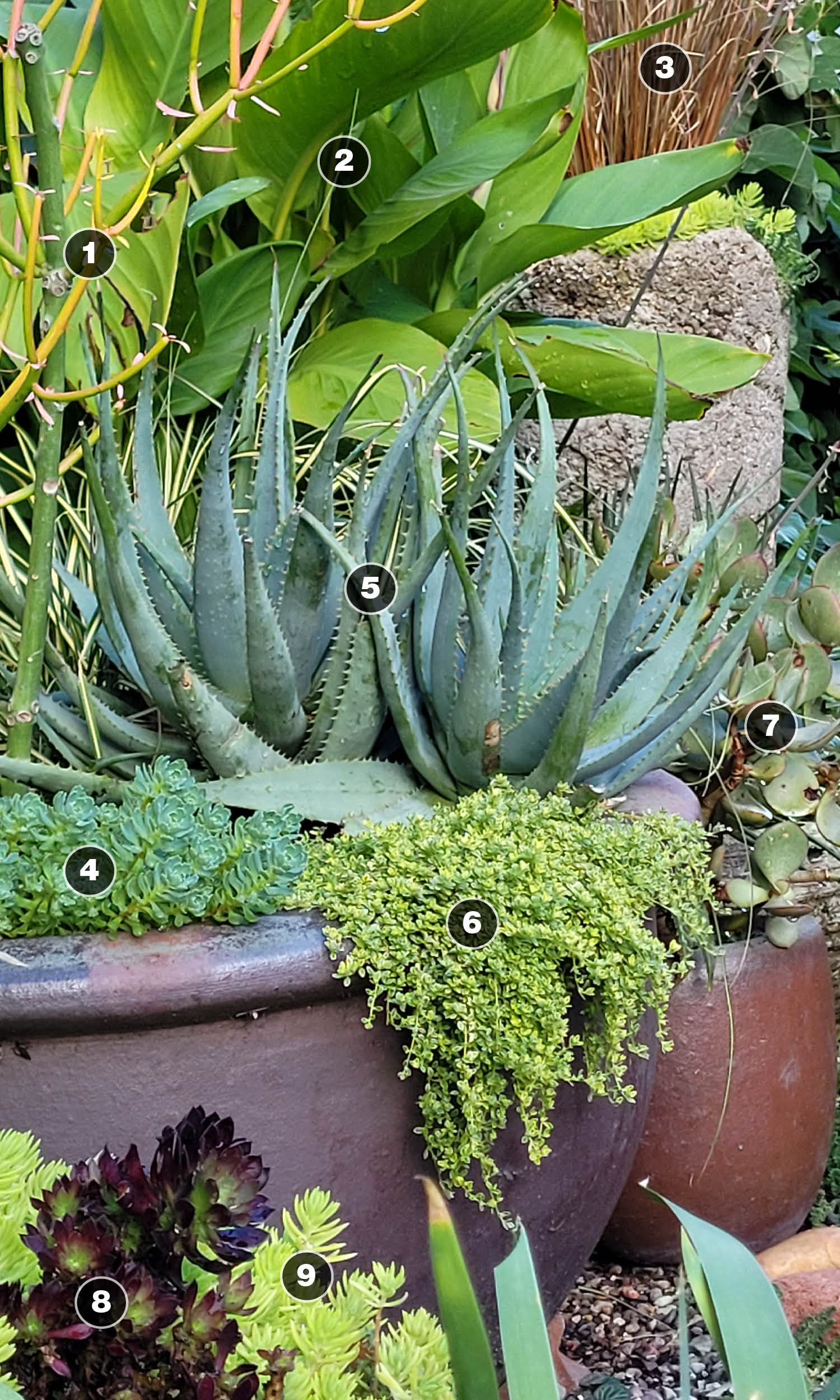
- ‘Firesticks’ pencil cactus (Euphorbia tirucalli ‘Firesticks’, Zones 10–11)
- Canna cv. (Canna, Zones 7–11)
- ‘Red Rooster’ leatherleaf sedge (Carex buchananii ‘Red Rooster’, Zones 6–9)
- Gray stonecrop (Rhodiola pachyclados, Zones 5–9)
- ‘Blue Elf’ aloe (Aloe ‘Blue Elf’, Zones 9–11)
- ‘Golden Transparent’ creeping thyme (Thymus ‘Golden Transparent’, Zones 5–9)
- Pig’s ear (Cotyledon orbiculata dinteri, Zones 9–11)
- Black rose aeonium (Aeonium arboreum ‘Zwartkop’, Zones 9–11)
- ‘Lemon Ball’ sedum (Sedum mexicanum ‘Lemon Ball’, Zones 7–11)
*Please note: These plants are considered invasive in certain areas. Please reference your state or province invasive plant list for more information.
See More Planting Plans:
Planting Plan for Mixed Sun and Shade Garden Beds
Planting Plan for a Dog-Friendly Garden That Is Full and Lush
Planting Plan to Optimize a Small Garden Space
Diana Koehm is the content editor.
Fine Gardening Recommended Products
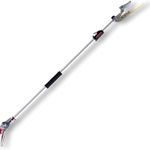
ARS Telescoping Long Reach Pruner
Fine Gardening receives a commission for items purchased through links on this site, including Amazon Associates and other affiliate advertising programs.
Telescopes from 4 to 7′. Cut and Hold (160) Blades. Drop forged blades for unsurpassed long lasting sharpness. Lightweight, 2.3 lbs., for continued use. Perfectly balanced for easy pruning.
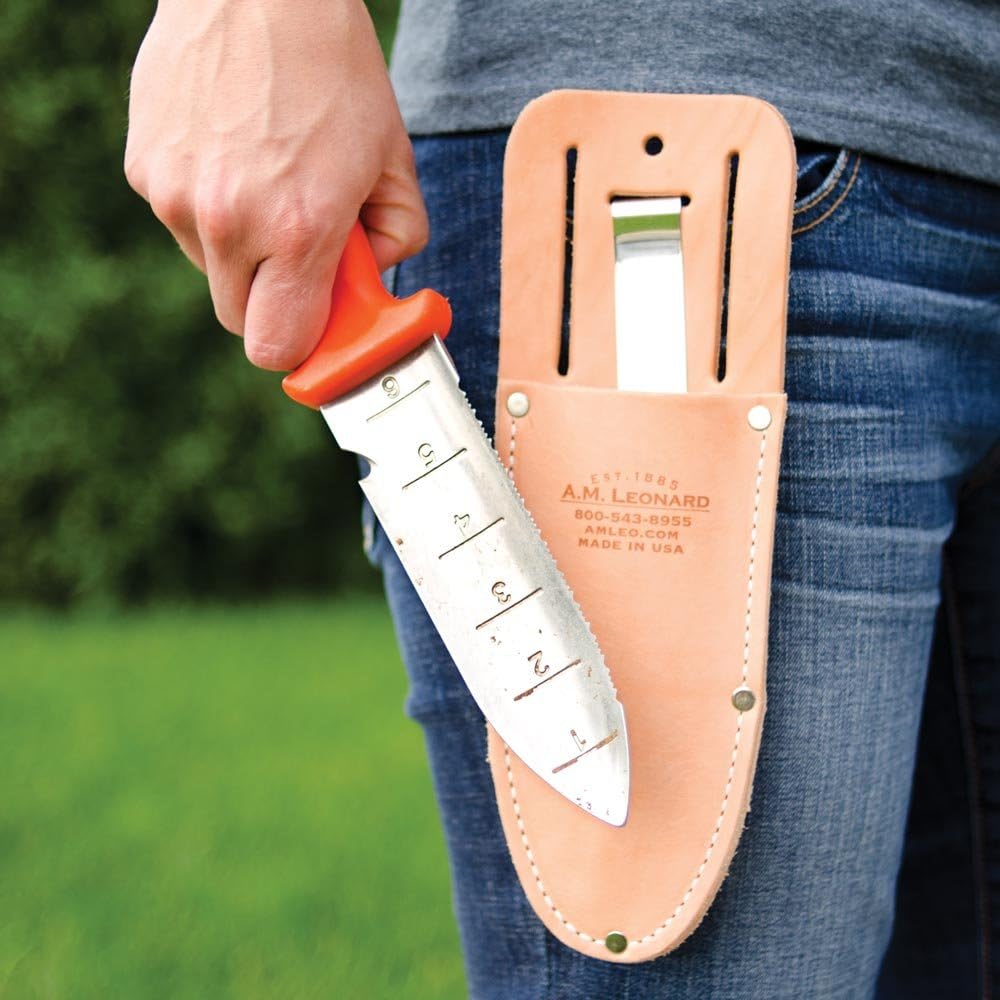
A.M. Leonard Deluxe Soil Knife & Leather Sheath Combo
Fine Gardening receives a commission for items purchased through links on this site, including Amazon Associates and other affiliate advertising programs.
MULTITASKING DUAL EDGES: a deep serrated edge and a tapered slicing edge ideal for tough or delicate cuts. DURABLE 6-inch stainless steel blade withstands 300 lbs of pressure. TWINE CUTTING NOTCH, DEPTH GAUGE MARKINGS & spear point – no need to switch tools when using this garden knife. LEATHER SHEATH: heavy duty, protective, clip on sheath to keep your knife convenient and secure. LIFETIME WARRANTY.
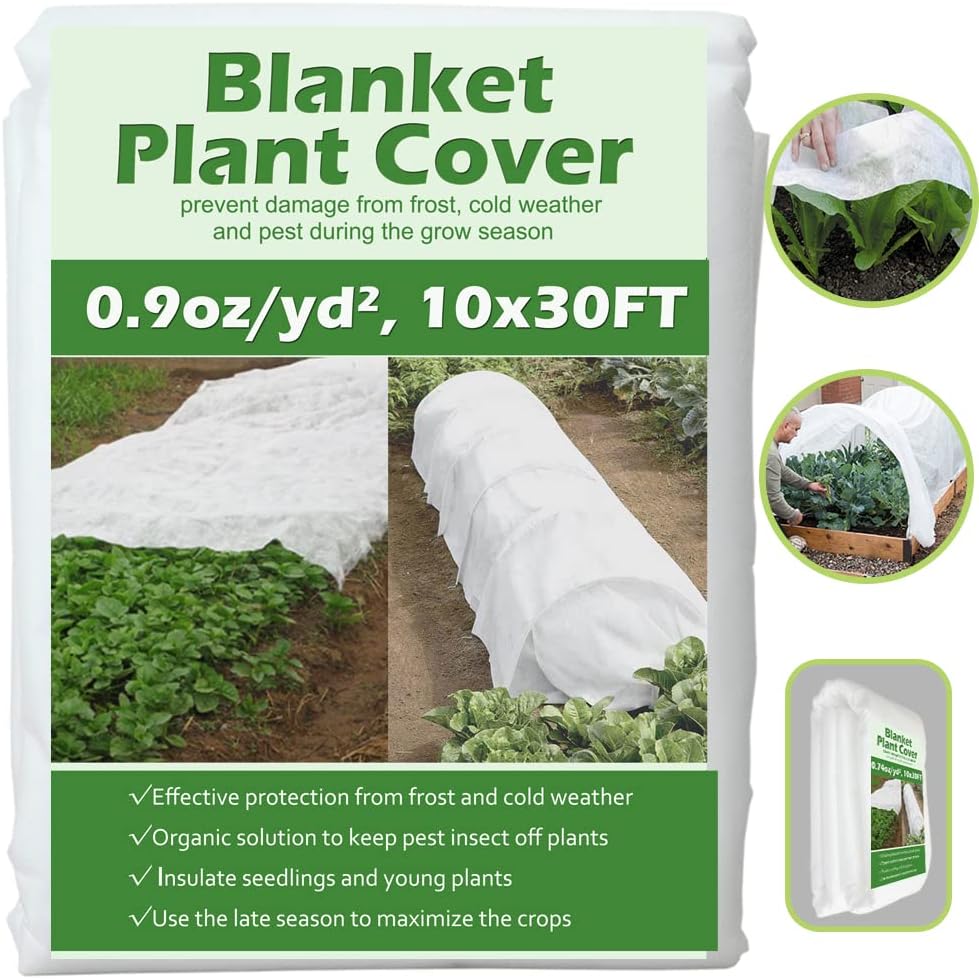
Plant Covers Freeze Protection 10 ft x 30 ft Floating Row Cover 0.9oz/yd²
Fine Gardening receives a commission for items purchased through links on this site, including Amazon Associates and other affiliate advertising programs.
Lightweight and Breathable MATERIAL Good for protecting Plant: the plant frost cover material is 0.74 oz/sq non-woven polypropylene fabric, which is lightweight, breathable, and durable. The plant blanket frost protection allows sunlight reach the plants, perfect for protecting plants from the damage of freeze or frost. Wide Application In your Garden Work. The plant row cover not only can work as a barrier against frost, but also can be a great tool for germination and good for rapid seedling growth. By using the fabric plant covers over your plant, you can start the plant earlier in the spring and extending the growing season of your plants. How to Use the Plant Covers: you can cover the plant covers for freeze over your the plants loosely directly and then secure the plant frost blanket with soil, stones or staples. You can also support the floating row covers with a hoop, make enough room for plants to breath and grow. You could also cut the plant covers into different sizes for different purposes.

